How to Store Fresh Produce
Farmer’s Markets are bursting with fresh produce this time of year. But, even in the off season knowing how to store fresh produce to keep it fresher long is the best way to save money and reduce waste!
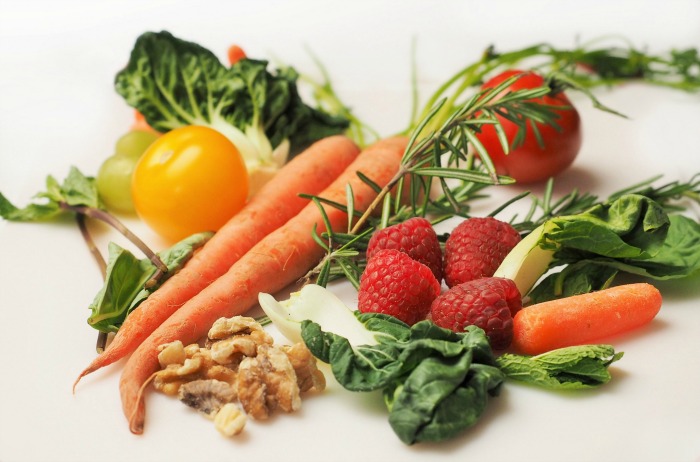
In this post I talked about small ways in which you can be a little bit more environmentally friendly in the kitchen, which included a few storage options that help keep food fresh without creating waste, but today I am going to share some tips I have learned to keep fresh produce fresher, longer.
*This post contains affiliate links which may earn me a small commission without changing the cost to you!
We have all done it. Stocked up on fresh greens, berries, and other fruits and vegetables only to throw them out spoiled and unused. Being mindful of a few guidelines is all that is necessary to keep your produce as fresh as possible.
- take the time to meal plan. By planning ahead you will only buy what you need for the week, hence less food going bad
- the produce drawers are there for a reason. Designed to keep the temperature and humidity levels optimal for produce, be sure to use them
- don’t pack your refrigerator too full. Cold air circulating helps to keep things fresher, longer.
- as soon as you notice something is spoiling remove it to prevent spoiling the whole lot
- consider using a freshness keeper like this one. I got a sample with our new fridge and really notice the difference when it comes to keeping my produce fresh
- storage containers that are specifically designed for produce are excellent choices when you have limited space in the crisper drawers. These ones from Rubbermaid get excellent reviews.
How to Store Fresh Produce – Refrigerator or Counter top?
LEAFY GREENS
Remove any bad leaves. Fill your clean kitchen sink with cool water and place the greens (one type at a time) in the water and gently agitate to remove any dirt. Let the greens float in the water for a few minutes to let the dirt settle to the bottom of the sink. Gently scope out the greens and spin the dry using a salad spinner. You want to store your greens as dry as possible. Lay out a clean tea towel and spread the greens out over the towel. Gently blot dry. Gently roll the greens up in the towel and place them, towel and all, into a produce storage container or perforated bag. (Those zipper produce bags can be rinsed and dried and re-used!)
ROOT VEGETABLES
I store root vegetables such as beets, radishes and carrots in the crisper drawer of our refrigerator. I cut off any green tops before storing. Do not wash your root vegetables before storing. Store them dry and unwashed. Carrots I store in one of the produce containers mentioned above, but beets and radishes I store them as they are without a container or bag.
ASPARAGUS AND HERBS
Both asparagus and herbs should be stored upright in a glass with a bit of water covering the bottom. Leafy herbs are best stored this way and loosely covered, as is asparagus. Trim the asparagus and place, upright in a tall container with a couple of inches of water. Loosely cover and it will last up to a week!
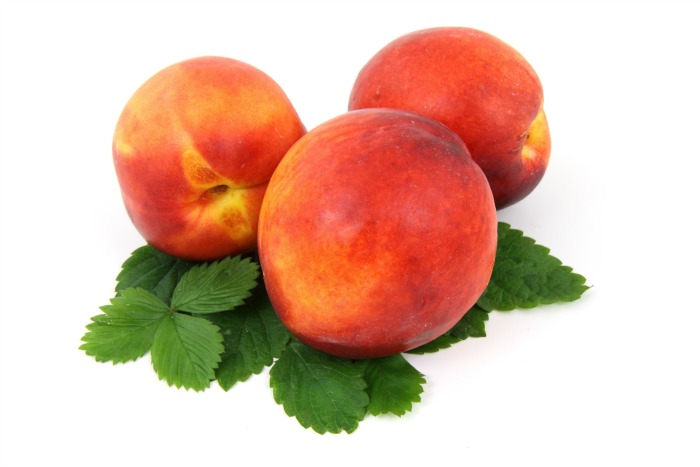
PEACHES and NECTARINES and other STONE FRUIT
Peaches and nectarines continue to ripen after harvest. You can leave these on your counter top for 2 to 3 days until ripe, and then store them in the crisper drawer of the fridge until ready to eat. They should last up to a week. Apricots are quite fragile and bruise easily when ripe. Handle with care and store in the fridge in an appropriate container where they should keep for about 5 days. Treat plums the same as peaches and nectarines. Cherries however do not ripen after picked and any soften is due to decomposition, not ripening. It is recommended that these are refrigerated right away.
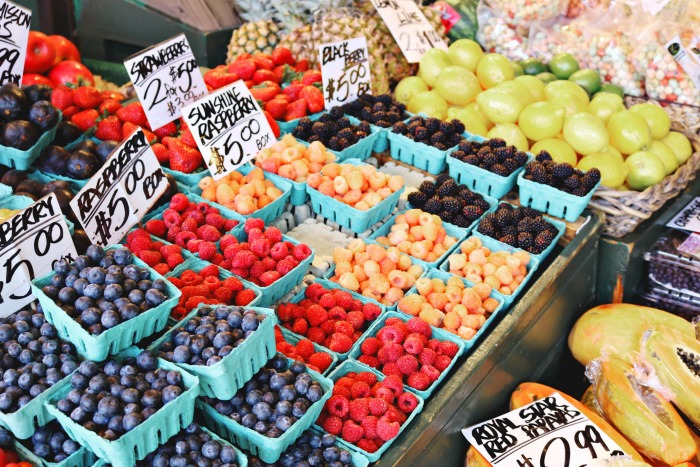
BERRIES
All berries should be stored in an appropriate container in the refrigerator as soon as you bring them home. This is where I find the freshness keeper I have in my crisper drawers really do their job. I have had strawberries stay fresh for 10 days! Store berries unwashed, and remove any berries that are showing any signs of spoilage.
TOMATOES
Tomatoes are best stored at room temperature on the counter away from direct sunlight. After tomatoes are cut however, they should e stored covered, in the refrigerator.
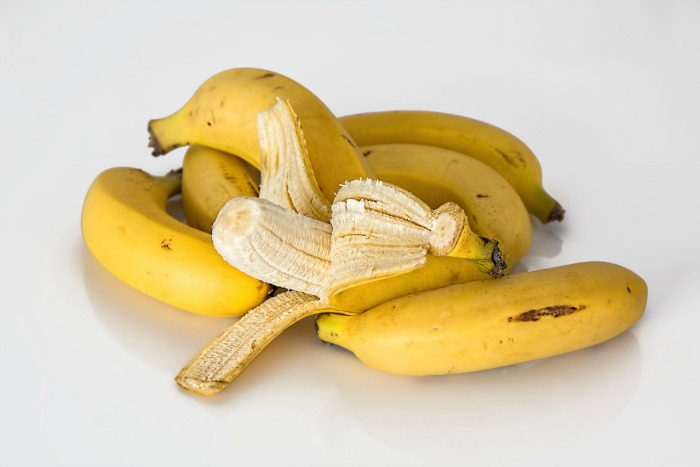
BANANAS
Bananas are best store on the counter. Bananas will be past their prime in 3 to 5 days so buy only what you will use within a few days. However, bananas that have reached that stage that they are too soft to eat can be removed from the skins, placed in an airtight bag and frozen to be used later for smoothies or baking.
CITRUS FRUIT
Storing citrus fruit is largely up for debate, as I have learned in doing my research. Some swear by storing it on the counter, while others advocate for refrigerating it. From all that I have read, neither is really wrong. In my own experience, I will store citrus at room temp if I know it will be used within 3 to 4 days. Anything beyond that I store it in the fridge.
I recently read that storing lemons sealed in a plastic bag with the air removed and then placing them in the refrigerator can keep them for up to a month. I will be testing this theory after my next trip to the grocery store!
POTATOES and ONIONS and GARLIC
In my experience, storing them (separately) in perforated paper bags in a cool spot such keep them fresh the longest. I do store a couple of onions in a wire rack in the kitchen because I use them almost daily.
Fresh garlic should be stored in a perforated paper bag or a breathable terracotta garlic keeper in the refrigerator
BROCCOLI and CAULIFLOWER
I find that if I won’t be using broccoli and cauliflower within a day or two of purchase, then I store them in as large pieces as possible in perforated storage bags or storage container which keeps them fresh for about a week. If I know I will be using them within a day or two, I do cut them into florets and store in the same way.
SQUASH and ZUCCHINI
I have read that the ideal temperature for storing squash over the winter is 50-55 degrees. However, I don’t have an cold cellar and purchase my squash just a couple at a time. I store it away from direct sunlight on the counter and usually have no problem with it lasting at least 2 weeks. For soups and stews and such, I buy extra and peel and cube it, lay it in single layers on baking sheets and then transfer to freezer containers to freeze for use later. Zucchini however I find keeps better in the refrigerator, unwashed.

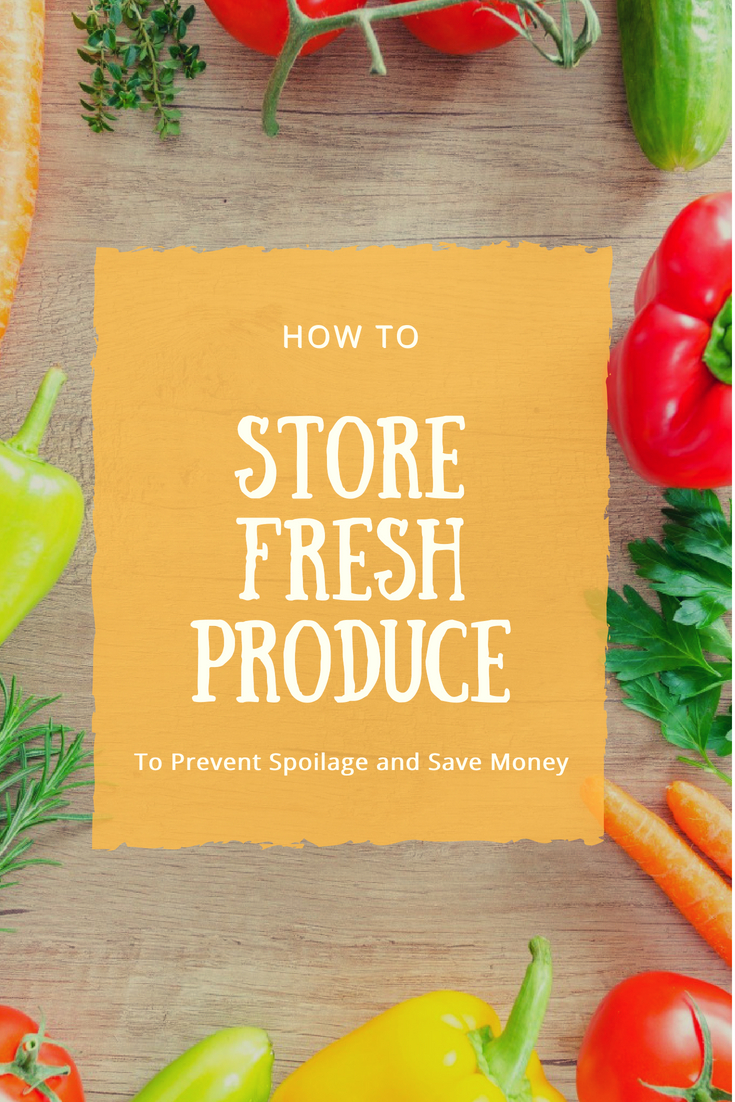
With the abundance of fresh fruits and vegetables grown locally this time of year we have been enjoying the bounty, and will be well into the autumn. Now, more than ever it is good to know how to store fresh produce.
I would love to know your own tips and trips for reducing spoilage and saving money when it comes to buying fresh fruits and vegetables! Please let me know in the comments.
Oh, and before you go….
Want to keep up-to-date with the happenings at Red Cottage Chronicles? I would love to have you as a subscriber. As a subscriber you will be among the first to know when a new post goes live with a link sent directly to your inbox! As a bonus, when you subscribe you will receive a password to access or VIP Printable Library! Simply click here to get started!
Until next time….






I recently read somewhere on line to place an apple in my bag of potatoes to prevent eyes from forming..close the bag again and store in a dark cabinet. It works! You can teach an old girl new tricks!
Great tip! I will definitely be trying this. Thank you for sharing!